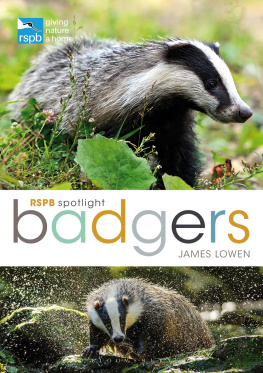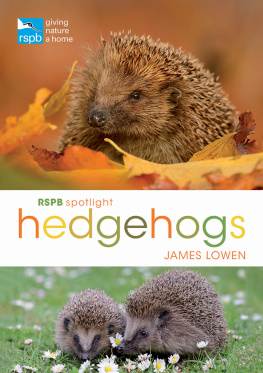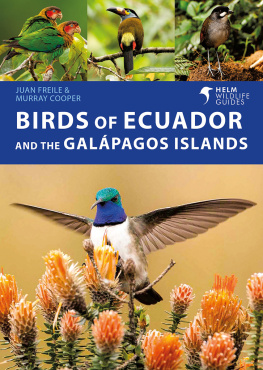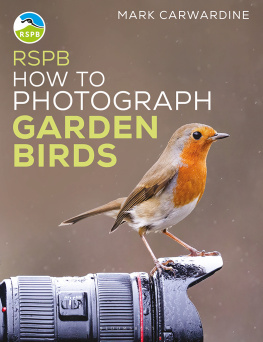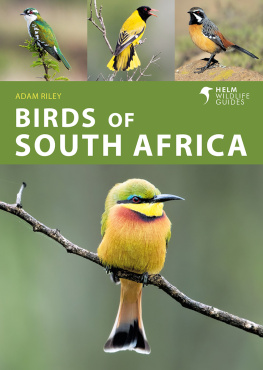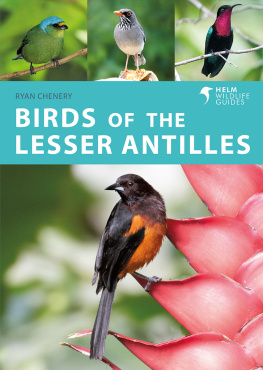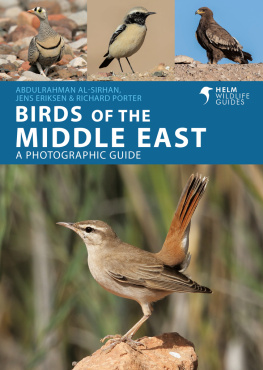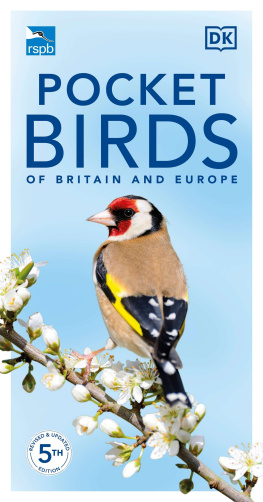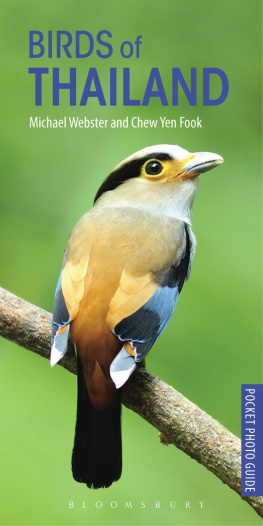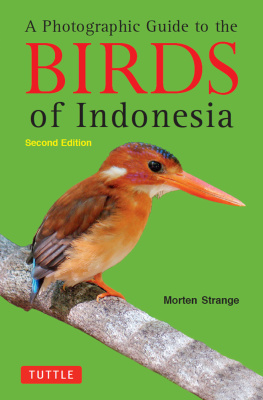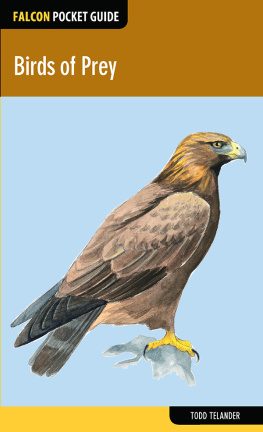
HELM
Bloomsbury Publishing Plc
50 Bedford Square, London, WC1B 3DP, UK
This electronic edition published in 2018 by Bloomsbury Publishing Plc
BLOOMSBURY, HELM and the HELM logo are trademarks of Bloomsbury Publishing Plc
First published in Great Britain, 2018
Copyright text by James Lowen, 2018
Photographs Aurlien Audevard,
(except where otherwise listed )
James Lowen has asserted his right under the Copyright, Designs and Patents Act, 1988, to be identified as Author of this work
For legal purposes the constitute an extension of this copyright page
All rights reserved
You may not copy, distribute, transmit, reproduce or otherwise make available this publication (or any part of it) in any form, or by any means (including without limitation electronic, digital, optical, mechanical, photocopying, printing, recording or otherwise), without the prior written permission of the publisher. Any person who does any unauthorised act in relation to this publication may be liable to criminal prosecution and civil claims for damages.
Bloomsbury Publishing Plc does not have any control over, or responsibility for, any third-party websites referred to or in this book. All internet addresses given in this book were correct at the time of going to press. The author and publisher regret any inconvenience caused if addresses have changed or sites have ceased to exist, but can accept no responsibility for any such changes
A catalogue record for this book is available from the British Library
Library of Congress Cataloguing-in-Publication data has been applied for
ISBN: 978-1-4729-4901-1 (PB)
ISBN: 978-1-4729-4900-4 (eBook)
Designed by Susan McIntyre
To find out more about our authors and their books please visit www.bloomsbury.com where you will find extracts, author interviews and details of forthcoming events, and to be the first to hear about latest releases and special offers, sign up for our newsletters.
CONTENTS

INTRODUCTION
France is the largest country entirely within Europe more than twice the size of the United Kingdom. It has impressively varied natural landscapes from wetlands to stony deserts, vast forests to montane meadows plus coastlines that encompass three seas (the Mediterranean, North Sea and Atlantic Ocean) and the English Channel (La Manche in French). France imbibes influences from both northern and southern Europe and its wildlife, specifically its birdlife, reflects this. France also serves as a thoroughfare for migrant birds typically those that breed further north and winter further south.
All this is found in a country with roughly half the population of the UK, meaning that many natural landscapes are unfettered by substantial human activity. In turn, this means that birds and other animals thrive. Not only wildlife prospers in France; tourism does too. UK residents made more than 8 million visits to France in 2016 more than to any other country except Spain. Many of those visits were to areas that throng with birdlife: from the Atlantic coast to the Alps, and from the Channel to the world-famous Camargue.
Yet, until now, there has never been an English-language field guide to the birds of France. Birdwatchers and tourists alike have had to make do with field guides to British birds (which do not cover all common species in France) or to the birds of the whole of Europe (which have the potential for confusion, illustrating numerous species that do not occur in France). This book aims to make amends, illustrating and describing 252 bird species that are most likely to be encountered on a visit to France, including Corsica.
The book is designed for English-speaking tourists visiting France or expats resident in France who have an interest in identifying birds they see. It aims to meet the needs of ecotourists and novice birdwatchers more than expert birders although the latter should still get plenty of use from it. This is deliberately a pocket guide, compact enough to carry around and perfect to throw in a suitcase for a family holiday where birdwatching is a sideline.
This guide does not seek to be comprehensive, but to home in on birds most likely to be seen while exploring the French countryside (or urban areas, for that matter; birds get everywhere!). Importantly, it seeks to avoid the use of birding jargon, instead conveying in laymans language the features you should look for to identify correctly the bird in your sights.
HOW TO USE THIS BOOK
This book describes and depicts the 252 species you are most likely to see in the country. Where it makes sense to do so, images of flying birds are included for species often seen in flight.
Each species description is headed by the English and scientific names, plus the total body length (and wingspan for birds frequently seen in flight). The names used, taxonomy (the arbitration on what constitutes a full species rather than subspecies) and the order of families all follow the expert advice of the Association of European Records and Rarities Committees (, there is a section on French names, which may be useful if you chat to local birdwatchers.
Each species description starts with a summary of the distribution, status, seasonality and habitat of the bird in question. This helps start the identification process: you are unlikely to see a summer visitor in winter, or to encounter in Normandy a bird that occurs only in the Alps. If you are unfamiliar with the geography of France, bookmark the , which illustrates the countrys administrative regions.
The text suggests the best ways to distinguish the bird concerned from similar-looking species. Quite intentionally, we neither provide a feather-by-feather description nor recount what you can see in the photographs. Instead, we adopt a more user-friendly approach that directs your attention to the diagnostic characteristics of the species. If Bird A differs from all similar-looking creatures by a bold white band on the wing, why laboriously describe the colour and pattern of every other feather tract particularly since you can see these in the accompanying photograph(s)? Finally, where relevant to identification (or to getting the feel of a bird), we include choice details on vocalisations (such as distinctive calls) and behaviour (showy or skulking, solitary or gregarious).
HOW TO IDENTIFY A BIRD
To help you identify an unfamiliar bird, it is useful to have a mental checklist of things to look out for. Putting these together should narrow down the list of candidate species. Things to focus on include:
How does the birds size compare to a species with which you are familiar (and which, ideally, is nearby)? Is it bigger or smaller?
How does the shape compare: is it longer- or shorter-legged? Does it have a long, fine bill or a short, chunky one?
Where is the bird? Is it in a tree, on the ground, on the water or on a muddy estuary? You are unlikely to see a wader perched in a leafy canopy, or a thrush hopping around on a mudflat.
What is the bird doing? Specifically, how is it moving? Is it running or hopping? Is it moving quickly through vegetation or flying high in the sky?
Is the bird silent or vocal? If vocal, can you describe its call or song?
Are there any obvious patches of white on the birds plumage? If so, where exactly (see the )?


